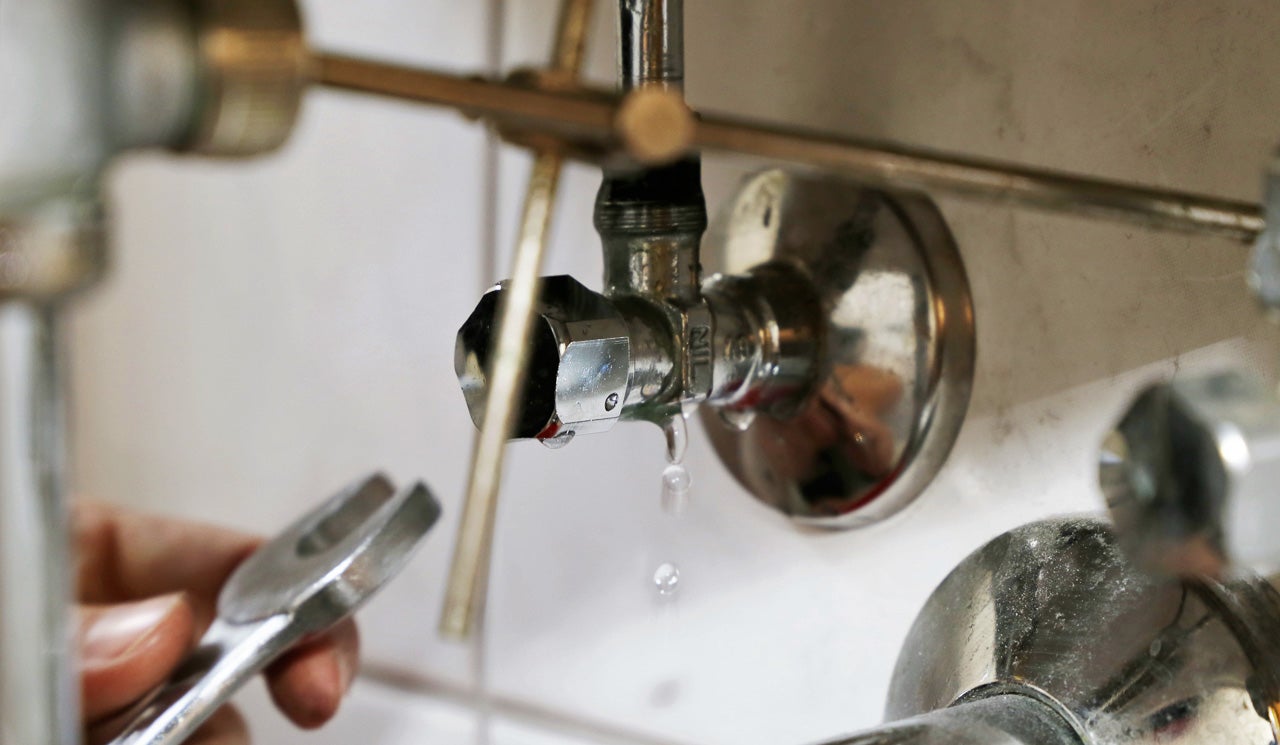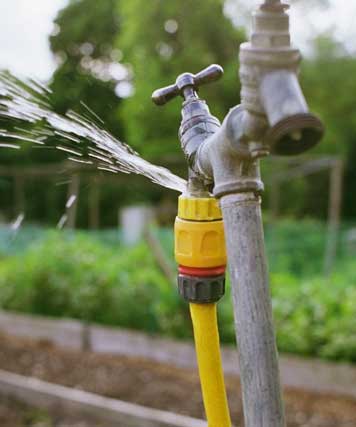How to Check If Your Home Has a Hidden Leakage
How to Check If Your Home Has a Hidden Leakage
Blog Article
We've found this post relating to Finding hidden leaks below on the internet and concluded it made sense to write about it with you in this article.

Early detection of leaking water lines can reduce a potential disaster. Apart from saving you cash, it will certainly lessen the aggravation and also stress. The minute you discover a leak, calling your plumber for fixings is the most effective service. However, some little water leaks might not be visible. If you can not identify it with your naked eyes, below are some hacks that assist.
1. Analyze the Water Meter
Checking it is a surefire method that aids you discover leaks. If it moves, that indicates a fast-moving leakage. This indicates you may have a slow-moving leak that could even be underground.
2. Check Water Consumption
Evaluate your water expenses as well as track your water consumption. As the one paying it, you ought to notice if there are any disparities. If you detect sudden changes, in spite of your usage being the same, it means that you have leakages in your plumbing system. Bear in mind, your water expense ought to fall under the same array every month. A sudden spike in your costs suggests a fast-moving leakage.
Meanwhile, a steady increase every month, despite the very same habits, reveals you have a sluggish leak that's additionally slowly escalating. Call a plumber to thoroughly check your residential or commercial property, especially if you really feel a warm location on your floor with piping underneath.
3. Do a Food Coloring Test
When it comes to water usage, 30% comes from bathrooms. Examination to see if they are running appropriately. Drop specks of food color in the storage tank as well as wait 10 mins. If the shade somehow infiltrates your bowl throughout that time without flushing, there's a leak between the container and dish.
4. Asses Exterior Lines
Do not neglect to examine your exterior water lines also. Should water seep out of the link, you have a loosened rubber gasket. One small leak can squander heaps of water as well as surge your water expense.
5. Examine and Assess the Scenario
Homeowners ought to make it a routine to check under the sink counters and even inside cabinets for any type of bad odor or mold growth. These two warnings indicate a leakage so punctual interest is needed. Doing regular evaluations, even bi-annually, can save you from a major trouble.
Check for stainings as well as compromising as most pipelines as well as appliances have a life expectations. If you think dripping water lines in your plumbing system, don't wait for it to rise.
Early detection of dripping water lines can minimize a prospective disaster. Some small water leaks might not be noticeable. Inspecting it is a guaranteed means that aids you find leaks. One little leak can lose lots of water as well as spike your water expense.
If you suspect dripping water lines in your plumbing system, don't wait for it to intensify.
WARNING SIGNS OF WATER LEAKAGE BEHIND THE WALL
PERSISTENT MUSTY ODORS
As water slowly drips from a leaky pipe inside the wall, flooring and sheetrock stay damp and develop an odor similar to wet cardboard. It generates a musty smell that can help you find hidden leaks.
MOLD IN UNUSUAL AREAS
Mold usually grows in wet areas like kitchens, baths and laundry rooms. If you spot the stuff on walls or baseboards in other rooms of the house, it’s a good indicator of undetected water leaks.
STAINS THAT GROW
When mold thrives around a leaky pipe, it sometimes takes hold on the inside surface of the affected wall. A growing stain on otherwise clean sheetrock is often your sign of a hidden plumbing problem.
PEELING OR BUBBLING WALLPAPER / PAINT
This clue is easy to miss in rooms that don’t get much use. When you see wallpaper separating along seams or paint bubbling or flaking off the wall, blame sheetrock that stays wet because of an undetected leak.
BUCKLED CEILINGS AND STAINED FLOORS
If ceilings or floors in bathrooms, kitchens or laundry areas develop structural problems, don’t rule out constant damp inside the walls. Wet sheetrock can affect adjacent framing, flooring and ceilings.
https://www.servicemasterbyzaba.com/blog/how-to-detect-water-leakage-in-walls/

We had been shown that editorial on Hacks to detect leaks from a good friend on another web page. Kindly take the opportunity to promote this write-up if you enjoyed it. Thank you for taking the time to read it.
Report this page